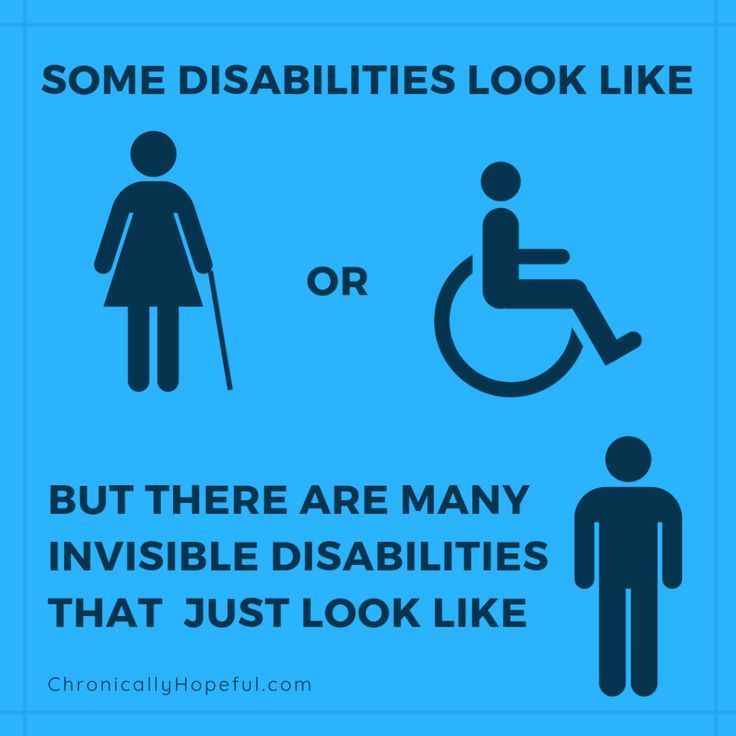by Dr. Hanna Ian, NMD
I recently had an opportunity to attend a webinar with Betty Siegel from the Kennedy Center for the Performing Arts discussing the impact of disabilities on Arts and Culture. From the onset of the discussion Siegel dispelled myths and misconceptions on the pervasiveness of disabilities with the data that 87% of all disabilities are invisible! If the majority of disabilities are unseen, understanding the scope and magnitude is necessary in planning appropriate engagement with the community, whether we are a venue for the performing arts, a studio for dance education or an organization for social dance.
With 1 in 4 adults having a disability that affects major life activities, and with 87% of these disabilities unseen, it is highly likely that our organizations will attract, engage and influence the disabled with the dance activities we promote. As dancers, dance instructors and dance promoters, we are in the business of movement, and according to data from the Centers of Disease Control (CDC) mobility disorders effects 1 in 7 adults in the U.S. Disorders in mobility increase with age affecting 2 in 5 adults over the age of 65. Disorders in cognition, with the unseen disabilities of concentration, learning and memory, are the most prevalent disability in children K-12 and the second most common disability in adults.
The well-documented benefits of movement throughout the life-cycle encompass both physical and mental health. Movement relieves stress and tension; increases energy in body and mind; and enhances cognitive function. For the promotion of health and the prevention of disease the American Academy of Preventive Medicine would like to get the focus on movement with the recommendation of 120 minutes of movement per week.
We are still in a pandemic! We are continuing to maneuver through the pandemic with its accompaniment of political and health uncertainties for the future. We are exploring how to re-open venues, how to resume classes and how to return to social dancing. We recognize the need to recruit new dancers/patrons and retain old dancers/patrons and are making plans for both. Within these dilemmas is the recognition of the prevalence of unseen disabilities in the children and adults we work with. Siegel concluded her presentation with a plea for organizers to acknowledge the scope and magnitude of the unseen disabilities in the arts as we:
- set core values
- allocate resources
- establish policy
- foster empowerment, and
- lead by example and action
Betty Siegel, J.D., presenter, is the Director of the Kennedy Center‘s Office of Accessibility and VSA. The webinar was hosted by the Arizona Presenters Alliance on July 12, 2021.
*************
Dr. Hanna Ian is a naturopathic physician in Flagstaff and an avid dancer of Ballroom, Rueda, Contra, Latin and Argentine Tango. As a dancer and a former public health professor, she works closely with the Centers of Disease Control, the Arizona Department of Health and Human Resources and her medical organizations to create guidelines for returning to safe social dancing during this pandemic.
Dr. Ian is Arizona Dance Coalition’s newest director.
The Arizona Dance Coalition is a nonprofit, 501(c)(3) membership-based organization. We work to connect and support the statewide dance communities through our website content, communications, and sponsorship of educational dance conferences and master classes. We inform, educate, and promote dance arts and their benefits to the general public.
If you’d like to JOIN ADC, membership is for individuals, organizations and venues/presenters affiliated with dance.
SUBSCRIBE to receive our news and announcements.
ADC – creating connections since 2006. Learn more about ADC here.

